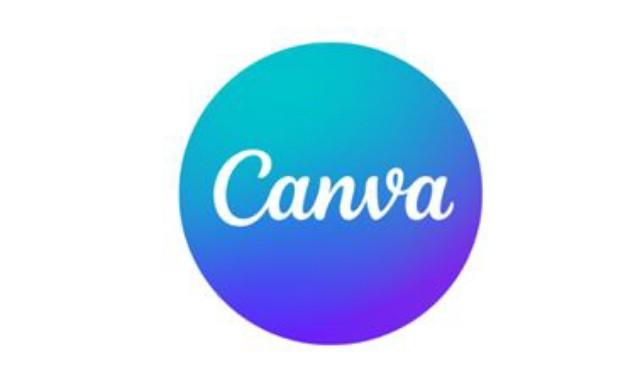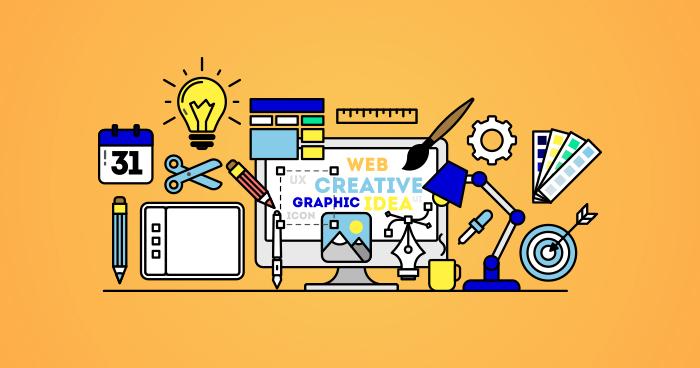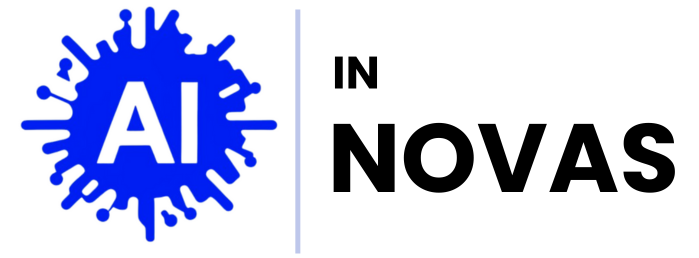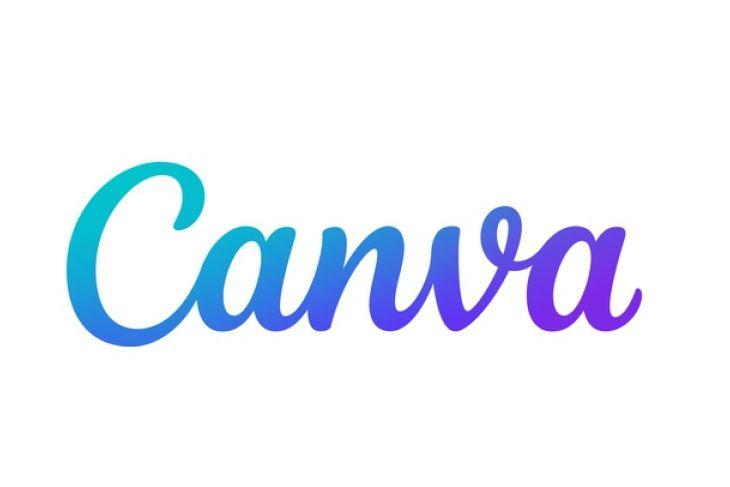In a digital landscape brimming with design tools, two platforms have emerged as frontrunners for both novices and seasoned creators: Canva and PicMonkey. Each offers a unique blend of features aimed at simplifying the design process, yet they cater to different needs and preferences. As the demand for visually appealing content continues to surge across social media, blogs, and marketing materials, understanding the nuances of these tools can be pivotal in choosing the right ally for your creative endeavors. In this article, we delve into a comprehensive comparison of Canva and PicMonkey, exploring user experience, design capabilities, and standout features to help you make an informed decision. Whether you seek the versatility of templates or the intricacies of photo editing, join us as we navigate the terrain of these popular design platforms.
Exploring the Interface: First Impressions of Canva and PicMonkey
Upon launching Canva, users are greeted by a vibrant and intuitive interface that prioritizes ease of use. The defined layout features a collapsible side panel that houses a plethora of templates, design elements, and tools, allowing for seamless navigation. Beginners will appreciate the built-in tutorials and responsive tips that guide them through various design processes. With its drag-and-drop functionality, creating stunning visuals feels effortless, making the experience engaging right from the start. Key attributes include:
- Template Variety: Thousands of customizable templates for various occasions.
- Animation Capabilities: Simple features to add dynamic elements to designs.
- Collaboration Tools: Real-time collaboration options for teams.
In contrast, PicMonkey presents a slightly different approach. The interface exudes a playful charm with its bold colors and an easy-to-navigate dashboard. While it may come with a steeper learning curve than Canva, its robust editing features can be very appealing to those looking for more control over their designs. Advanced photo editing tools are readily accessible, enhancing the creative capabilities while still offering basic templates for users who prefer a quicker start. Notable elements of PicMonkey include:
- Photo Editing Tools: Advanced options for detailed image enhancements.
- Graphics Library: A rich selection of overlays and fonts.
- Layering System: Allows precise adjustments to design elements.

Feature Comparison: Analyzing Tools for Design Versatility
Both Canva and PicMonkey offer a multitude of features that cater to users looking for design versatility, yet they approach this goal from distinct angles. Canva excels in its extensive library of templates and graphics, making it an ideal choice for beginners and those needing quick, visually appealing designs. The platform’s drag-and-drop interface allows users to easily customize elements, fostering a seamless creative process. Key features include:
- Pre-made templates: Thousands of layouts for various projects.
- Collaboration tools: Real-time editing and sharing capabilities.
- Brand Kit: Easily manage brand colors and logos.
On the other hand, PicMonkey caters to those looking for more advanced photo editing capabilities alongside design tools. While it also offers templates, its strength lies in editing photos with features such as touch-up tools and effects that are tailored for a more thorough enhancement process. Some of its standout features are:
- Photo editing tools: Detailed image adjustments and retouching capabilities.
- Graphic overlays: Options for adding textures, frames, and icons.
- Animation effects: Ability to create moving graphics for social media.
In terms of user experience, both platforms provide accessible designs but with different utilities in mind. Canva’s focus on templates and straightforward design means a faster learning curve for newcomers, while PicMonkey’s in-depth editing tools may appeal more to users with some prior knowledge of design software.
| Feature | Canva | PicMonkey |
|---|---|---|
| Templates | Extensive library | Moderate selection |
| Photo Editing | Basic | Advanced |
| Ease of Use | Beginner-friendly | Intermediate |

User Accessibility: How Each Platform Caters to Beginners and Professionals
When it comes to catering to both beginners and professionals, both platforms offer distinct advantages. Canva embraces simplicity, presenting a user-friendly interface that allows novices to dive straight into design without feeling overwhelmed. Its vast library of templates and drag-and-drop functionality make it exceptionally easy for users to create stunning graphics quickly. Key features that enhance accessibility for beginners include:
- Extensive template collection for various needs (social media posts, presentations, etc.)
- Intuitive design tools that require little to no training
- Built-in tutorials and guides to assist new users
In contrast, PicMonkey appeals to professionals who may seek more advanced editing capabilities while still being accessible to beginners. Its comprehensive toolkit for photo editing provides a richer experience, with features such as layers and filters that allow for more nuanced creations. While those new to graphic design might initially feel challenged, they can benefit from the following:
- Robust editing tools including background removal and retouching options
- Detailed tutorials and resources targeted at skill advancement
- Flexible pricing plans that offer access to professional features without a steep learning curve

Pricing and Value: Determining the Best Investment for Your Creative Needs
When evaluating options for creative design tools, understanding the pricing structures of Canva and PicMonkey plays an essential role in the decision-making process. Canva offers several pricing tiers, including a free version that provides access to a wide range of templates and graphic elements, making it accessible for casual users or those on a budget. For those seeking more advanced features, such as brand kits and additional storage, the Pro subscription comes at a competitive monthly or annual rate. Conversely, PicMonkey also presents a free trial, although many of its premium features are locked behind a subscription. Their plans tend to focus on photo editing capabilities, which may appeal more to users specifically interested in photography and image manipulation.
To effectively determine which platform provides the best value, one must consider the tools and functionalities each service includes. Below is a simple comparison of the core offerings of both platforms:
| Feature | Canva | PicMonkey |
|---|---|---|
| Free Plan” | ✔️ Available | ✔️ Available |
| Premium Templates | ✔️ Access with Pro | ✔️ Access with subscription |
| Photo Editing Tools | Basic Options | ✔️ Comprehensive Features |
| Brand Kit | ✔️ Pro Version Only | ✔️ Available |
Ultimately, the choice between Canva and PicMonkey should align with your specific creative needs and how much you are willing to invest. Users who prioritize graphic design may find Canva’s extensive library and collaborative features worth the price, whereas those focused on detailed photo editing might lean towards the enhanced capabilities offered by PicMonkey. By carefully weighing the features against the cost, you can identify the right investment that caters to your distinctive creative projects.
In Retrospect
In the competitive landscape of graphic design tools, Canva and PicMonkey each bring unique strengths to the table, catering to diverse user needs and preferences. Canva’s vast library and collaborative features make it a favorite for teams and businesses, while PicMonkey’s robust editing capabilities shine for those looking for detailed image manipulation. Ultimately, the choice between these platforms hinges on individual priorities—be it ease of use, depth of features, or specific design goals.
As you embark on your creative journey, consider your objectives and workflow. Both tools offer free trials, inviting you to explore their capabilities firsthand. Whether you lean towards Canva’s expansive templates or PicMonkey’s intricate editing options, the power to craft stunning visuals lies at your fingertips. it’s not just about the tools you use, but how you wield them that makes all the difference in bringing your artistic vision to life. Happy designing!




